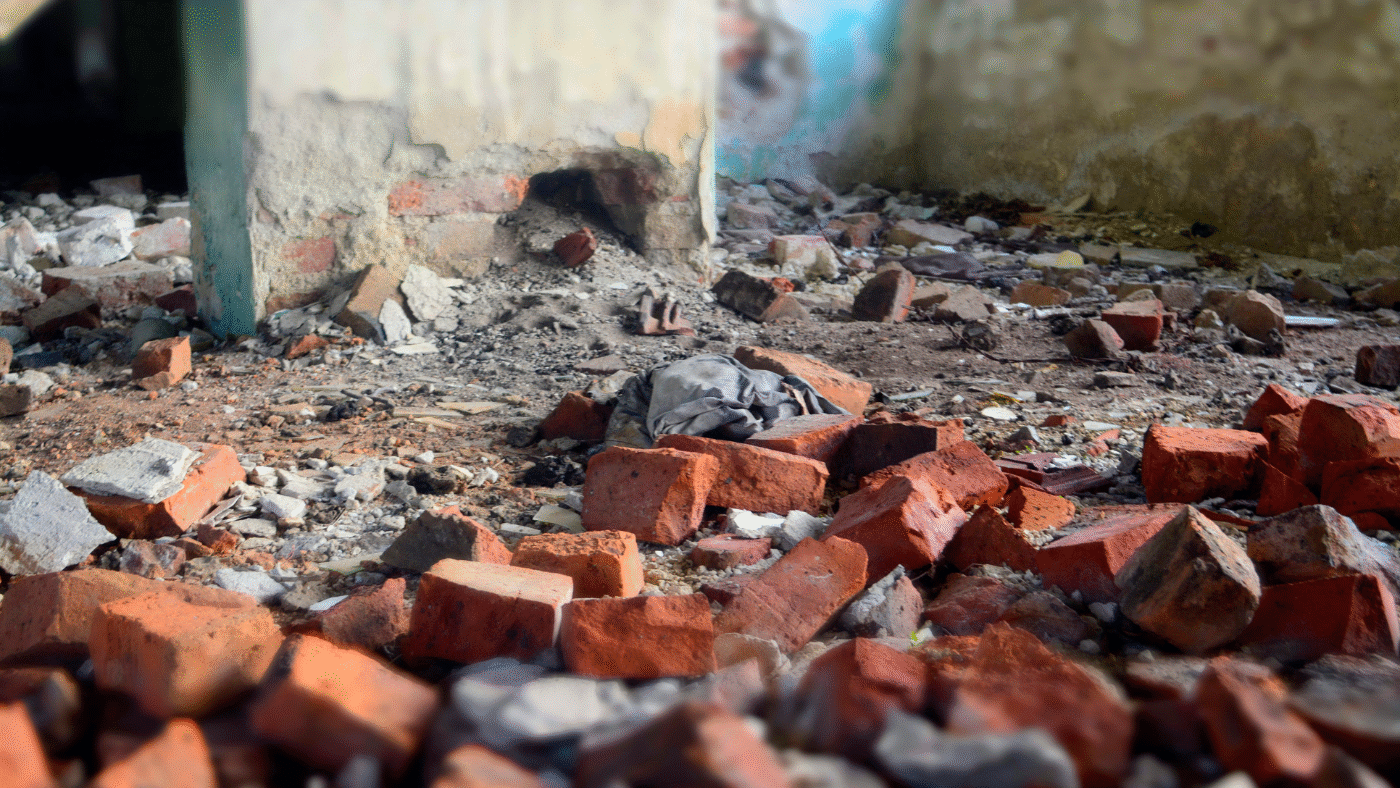With the 2021 collapse of the Surfside Condominium in Florida still in recent memory, people are increasingly aware of the possibility of dangerous conditions on buildings and structures and the consequences of not addressing them in a timely fashion. The progression of a given building condition, from being a relatively minor cosmetic issue, to structural damage, to a dangerous condition (Figure 1), may take years to be fully realized; however, once it has been realized, a catastrophic failure resulting from that condition can occur in seconds. Experienced forensic experts can assist with the assessment and repair of possible dangerous conditions before such a failure materializes. They can also provide insight into:
- the cause and origin of the damage
- the extent of the damage
- a conceptual repair protocol
- a cost estimate for repairs

In this post, we
- discuss the conditions that make a building dangerous
- profile several examples of dangerous buildings and structures
- examine the evolution of a dangerous building through a case study
Dangerous Buildings: Definition and Determination
The International Existing Building Code defines “dangerous” as follows:
Any building, structure or portion thereof that meets any of the conditions described below shall be deemed dangerous:
- The building or structure has collapsed, has partially collapsed, has moved off its foundation or lacks the necessary support of the ground.
- There exists a significant risk of collapse, detachment or dislodgement of any portion, member, appurtenance or ornamentation of the building or structure under permanent, routine or frequent loads; under actual loads already in effect; or under snow, wind, rain, flood, earthquake or other environmental loads when such loads are imminent.
Dangerous is not to be confused with an unsafe condition, as that is a separate term in the building code. All dangerous buildings are unsafe, but not all unsafe buildings are dangerous. A specific discussion related to unsafe conditions on buildings is outside of the scope of this post.
Determining whether a given condition on a building is truly dangerous often requires specialized education, training and experience. Sometimes such conditions can only be observed in areas that are not accessible to the public or are covered, requiring the use of specialized tools, calculations and/or destructive investigation to make a determination regarding the status of the building. At other times, the condition is a bit more obvious; however, a code official may not be inclined to take it as seriously unless a professional engineer has called it to their attention with signed and sealed documentation.
Dangerous Buildings: You Don’t Have to Look Too Far
Unfortunately, dangerous conditions on buildings and structures are more common than one would hope. Depending upon the severity of the condition, imminency of the failure and other factors, prompt evacuation, shoring and remediation may be required to prevent additional property damage, injury and/or loss of life. Resistance to prudent action can be encountered from owners, occupants and/or code officials, hampering these efforts.
Some of the more obvious examples of dangerous conditions I’ve seen on buildings and other structures are below. In each of these instances, either a collapse or a partial collapse has already occurred, or a significant risk of collapse exists.
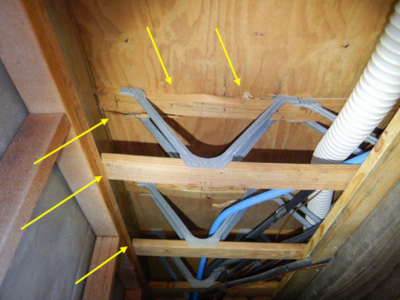
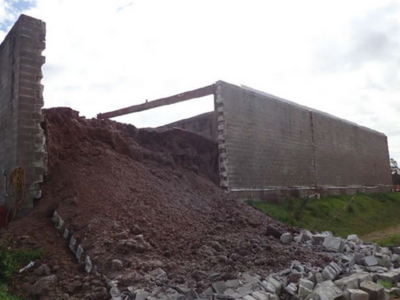
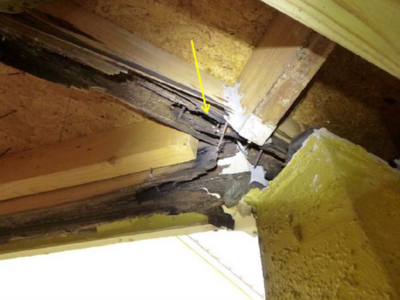
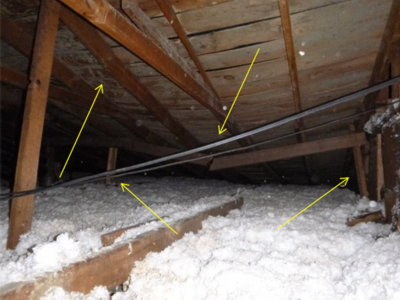
Related reading: Preventing Balcony Collapse: Who, What, Where, When, Why & How
The Evolution of a Dangerous Building: A Case Study
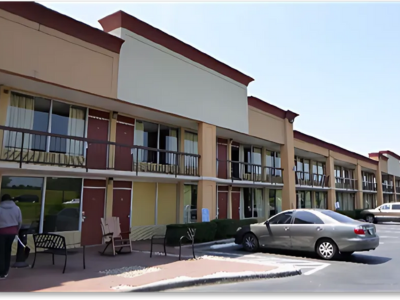
Case Study:
- Atlanta, Georgia
- Hotel building constructed in 1971
- Dangerous conditions were incidentally observed at the parapet walls along the front elevation, in conjunction with an unrelated investigation related to reported roof damage
- The parapet walls were installed during the current ownership of the property
As evidenced by aerial imagery (courtesy of Pictometry), the parapet walls at the property had a long and storied history. In January 2003, no parapet walls were present. By February 2005, they had been added, and a number of braces had been placed behind them.
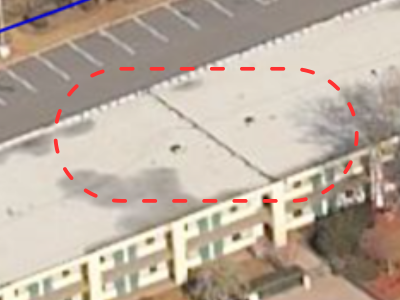
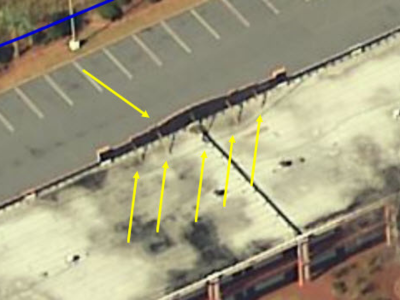

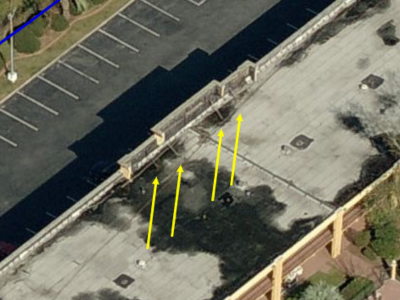
By December 2012, two more of the braces had been removed. In October 2016, a high-wind event had recently occurred, and the parapet wall had been completely displaced from the building. A blue tarp had been placed over the edge of the roof, where the parapet wall had previously been.
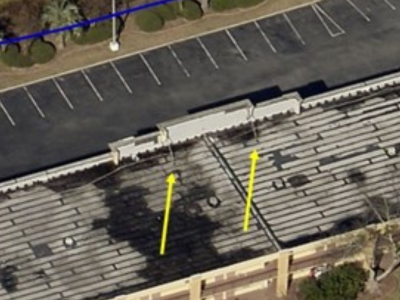
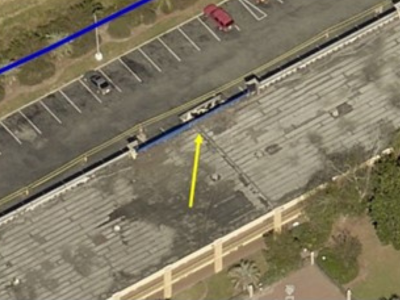
By July 2019, the parapet wall had been rebuilt, with no rigid braces reinstalled to support it. The wall remained largely the same, up through February 2020, which was prior to the date of loss for a recent unrelated roof investigation.
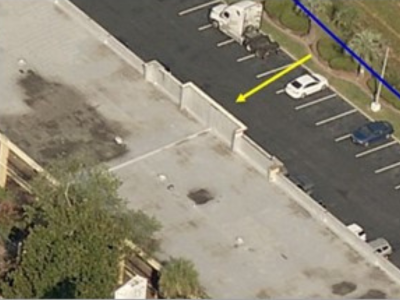
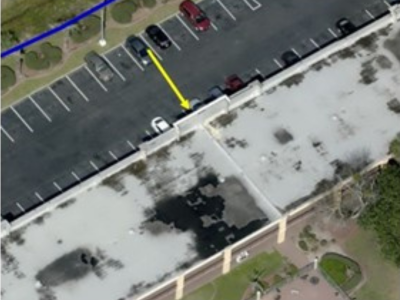
During this roof investigation, it could be seen that interior-grade materials had been used for the exterior finishes and that significant levels of damage were already present at this relatively recent wall installation. The blue tarp (visible in the October 2016 aerial imagery above), as well as withdrawn fasteners, could be seen within a significant gap in the exterior finish of a beam below the wall.
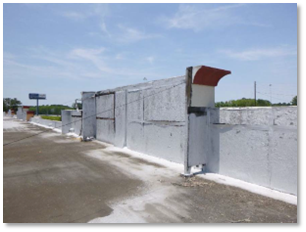
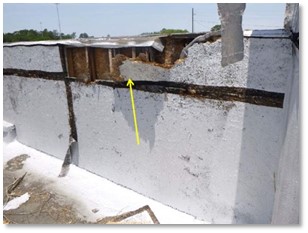
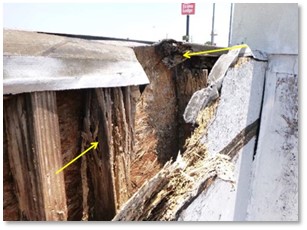
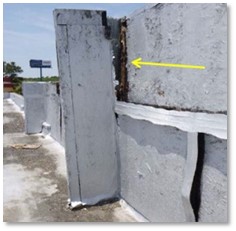

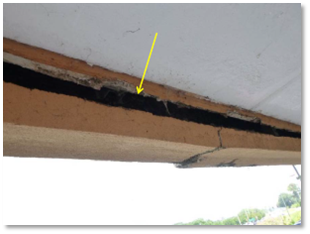
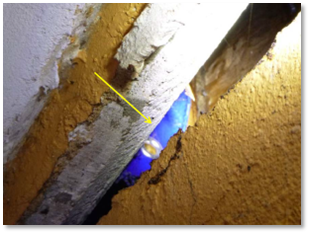
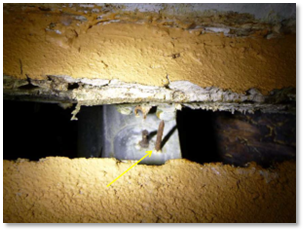
Promptly following the inspection of the property, written communication was sent to the insured’s and the insurer’s representatives, notifying them of the dangerous conditions, and strongly recommending prompt shoring, as well as barricading of the area below the parapet walls. All the information was also included in the engineer’s written report, released about a week after the site inspection. However, these warnings were not heeded, and collapse of one of the parapet walls reportedly occurred less than three weeks after the engineer’s written report was provided, damaging cars in the parking lot below.
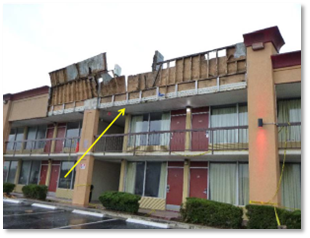
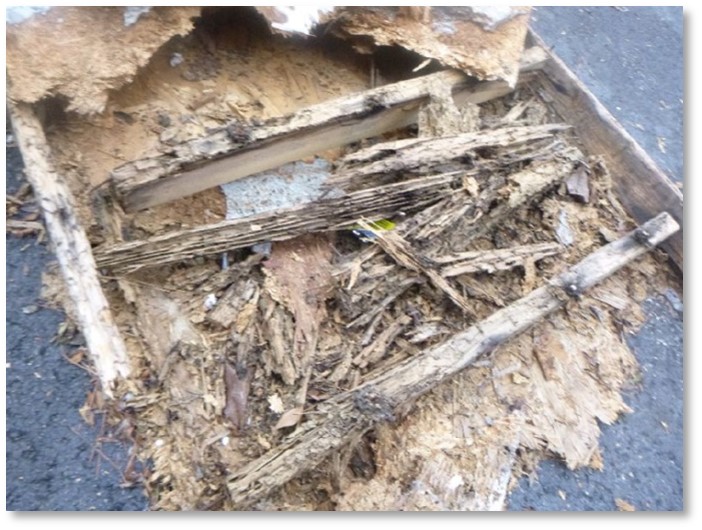
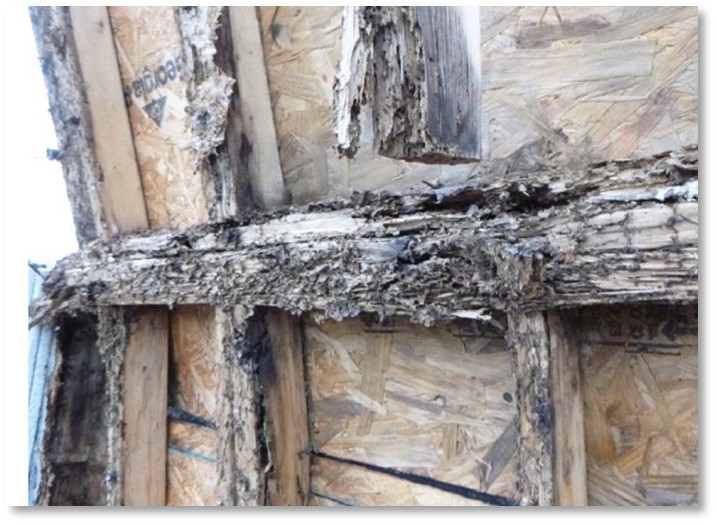
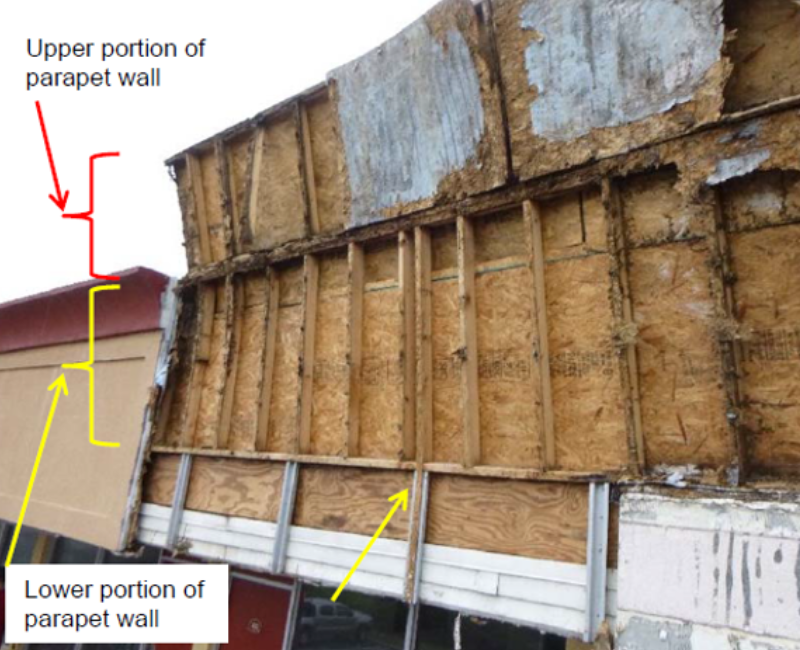
Fortunately, no one was injured. The engineer promptly contacted the jurisdiction, reported the still-dangerous conditions present at the property and again sent written communication to everyone involved. By April 2022, all the parapet walls had been removed and the front elevation restored to how it appeared in January 2003.
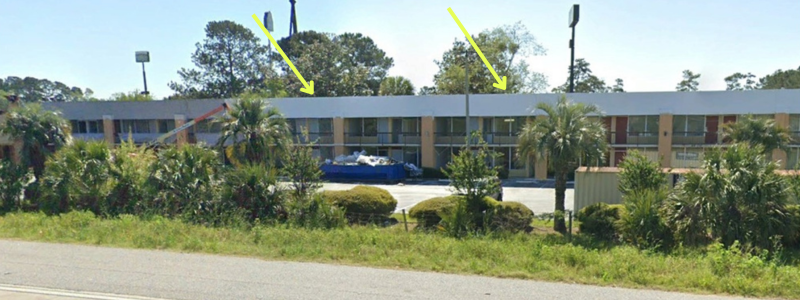
It is hoped that this brief case study will serve as a reminder of the seriousness of dangerous conditions, as well as the necessity of heeding an engineer’s warning regarding dangerous conditions.
How Vertex can Help
VERTEX has forensic engineering and cost estimating experts skilled in evaluating structural damage and dangerous conditions. For more information about our services, contact Steve Mickelson (smickelson@vertexeng.com) or submit an inquiry on our contact form.



